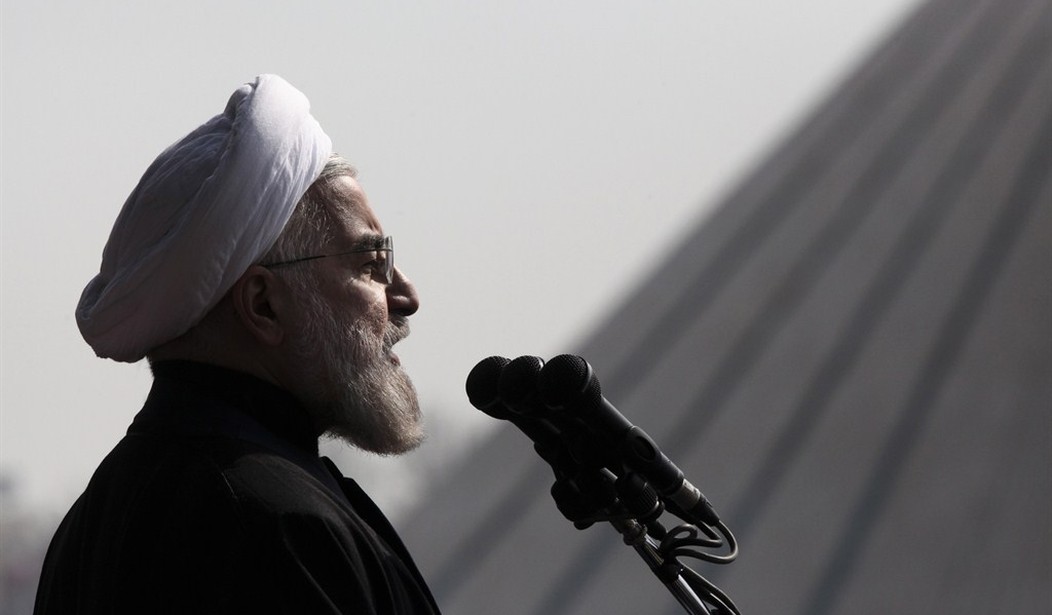With Iran on the verge of obtaining nuclear weapons and Russia wanting to re-assert itself as a world power through the Ukrainian crisis, a strong military presence in the world is more important for America than ever. A critical way the military does this is by remaining a global leader in ballistic missile technology.
The details of ballistic missile defense systems are wonky and technical, especially as the technology improves far beyond those missiles used in the defense systems proposed by conservative hero President Ronald Reagan. But now, as military weaponry becomes more sophisticated at an alarmingly fast rate, and more hostile countries acquire ballistic missile technology, the United States must stay ahead of the curve when it comes to missile defense.
But staying ahead of the curve for our defenses does not necessarily mean always supporting the most theoretical advancements, especially as our federal government struggles to rein in record deficits.
Over the past 20 years, the Missile Defense Agency (MDA) has invested significant resources in developing the most accurate missiles on earth, and engineers have learned a lot while fine-tuning key interceptors like the Standard Missile-3 (SM-3) which can take out enemy missiles while in flight. The SM-3’s proven track record – which includes 26 successful intercepts – is why these missiles are essential to the continuing NATO effort in Europe to defend against missiles from hostile nations.
The most challenging aspect of this technology is achieving hit-to-kill capabilities with a “kill vehicle”, sometimes referred to as “hitting a bullet with a bullet.” The good news is that in this regard, the SM-3 has been very reliable. However, what should be concerning to supporters for a strong national defense is that the “exoatmospheric kill vehicle” on the only system that can defend the U.S. homeland against a long-range missile attack – the Ground-Based Midcourse Defense (GMD) system – has been far less dependable.
Recommended
But this is no reason to turn our backs on GMD. In fact, with limited budget resources, the emphasis should be on continuing to improve these missiles’ already impressive technology, making sure they always hit the intended target with laser precision.
Even though according to Senator Kelly Ayotte (R-NH), the Obama administration has cut funding for missile defenses in half, it has at least come to its senses by turning away from the Standard Missile-3 II-B. Pushed heavily by entrenched special interests, the SM-3 II-B missile is a wildly expensive, flawed theoretical concept which could not be deployed until 2022. Of course, that timeline would be possible only if you believe even the most optimistic government estimates, which assume there will be no technical setbacks. Spending scarce resources on such a long-term time table, while hostile regimes wish to do us harm today, hardly seems like a prudent decision.
The tipping point on this debate came when the GAO and the National Research Council noted that the “boost phase intercept” concept that is central to the SM-3 II-B is not likely feasible. It would be impossible politically to explain spending billions on missiles which now may never exist, when the cheaper route also keeps America safer.
With the dangers America faces, time is of the essence when it comes to missile defense. With billions of dollars and countless man hours already invested to produce current accurate missile technology, the most effective way to bolster our defenses is to reengineer what already exists, and do so quickly.
America simply cannot afford – literally – for the Department of Defense to keep throwing away good money after bad. If it is serious about protecting the homeland and sending a message to Russia and others, breathing life back into the SM-3 II-B is not the way to do it. Fixing the GMD and evolving its hit-to-kill technology is.
Why is a missile defense shield no longer controversial and enjoys bipartisanship support? Because it works. Therefore, as threats evolve, Congress and our military must be nimble enough to swiftly direct already diminished resources into improving what already are the best missiles available today. This is a common sense budgetary decision which will keep America safe.

























Join the conversation as a VIP Member